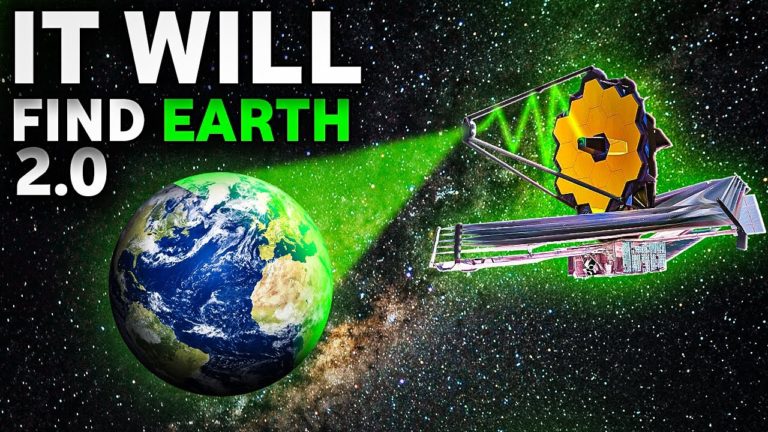James Webb Telescope Will Likely REVEAL These Space Mysteries!
It all started with a big bang nearly 14 billion years ago. With the explosion started a system of which we are a part today. The afterglow of this tremendous and unexpected expansion of the cosmos can still be seen. With the help of science, we have been able to see a glimpse of how it all started but there is something that is promising to tell us that what happened in the next chapter of the early universe.
Until now, there were many mysteries that could not be solved but now with the new James Webb Space Telescope, we will be able to peer back in time and space to see the very first stars and galaxies that formed from hot, dense clumps of gas and dust. Welcome to Cosmos lab, your one station for all the news from space. Join us in today’s video to find out about the five mysteries of this universe that are about to be solved.
The James Webb Space Telescope is a billion-dollar project. The JSWT is a project that took decades in the making — basically the entire lifetime of astronomer Laura Kreidberg. She says the new telescope will help scientists study the atmospheres of planets far beyond our solar system. Now, as the project has been launched, the eyes are all set to the next step. Here are five big questions scientists hope the James Webb Space Telescope will help them answer, from the beginning of time to now.
Number five. What did the first galaxies and stars look like? JWST is sometimes described as a replacement for the Hubble Space Telescope. Hubble has been in operation for more than 30 years, providing us with breathtaking views of the universe as well as tens of thousands of scientific findings. We hope and expect it will continue to operate for many years to come. However, it was unable to detect the faintest of objects.
The James Webb Telescope on the other hand will be able to observe wavelengths of light from the very earliest stars and galaxies. It may even be able to see Population III stars (stars that formed from primordial material from the Big Bang) which have never been glimpsed before.
The universe was a boiling cloud of energy and seething plasma for the first 300,000 years or so, known as the cosmic “dark age,” where light couldn’t penetrate. As the cosmos expanded and cooled over the following billion years, the first stars pumped forth hydrogen and helium, altering the plasma around them. Those first stars would have looked nothing like the ones we see now. We have been unable to see them but now with the James Webb in space, the scientists are hoping to get a glimpse of those stars and galaxies.
Knowing when the first stars were formed, shortly after the Big Bang, and how they produced the building blocks of the first galaxies is a crucial scientific subject, and one of JWST’s key science goals. However, studying the first stars and galaxies is not the only scientific program JWST will perform.
Number four. Why are there supermassive black holes at the center of galaxies? Black holes are one of the biggest space mysteries. A supermassive black hole, millions to billions of times the mass of our Sun, lurks at the heart of every galaxy.
The first image of gas swirling around the edge of a black hole six and a half billion times the mass of the Sun at the center of the M87 Galaxy was acquired in 2019. However, we have no idea how creatures like this black hole came to be.
Nobel laureate John Mather of NASA’s Goddard Space Flight Center who is leading the project said, “One way that it could happen is that the first generation of stars made small black holes, and then those small black holes started to swallow up either other stars or gaseous material, or dark matter or whatever is out there to eat,”
The scientists don’t know how the black holes grew up to be millions and billions of times the mass of the Sun. However, this mystery is on the list of the most powerful telescope ever.
Number three. How are new stars in the Milky Way born? A vast cloud of gas and dust known as a nebula is where stars are formed.
The Hubble Space Telescope has collected breathtaking photographs of these star nurseries in the Milky Way throughout the years. It’s difficult to see what’s going on beneath the clouds since nebulas are so dusty. The iconic Pillars of Creation in the Eagle Nebula is one of the most famous Hubble Space Telescope photographs.
Do not forget to share your opinion with us to provide you with the best posts !




0 Comments